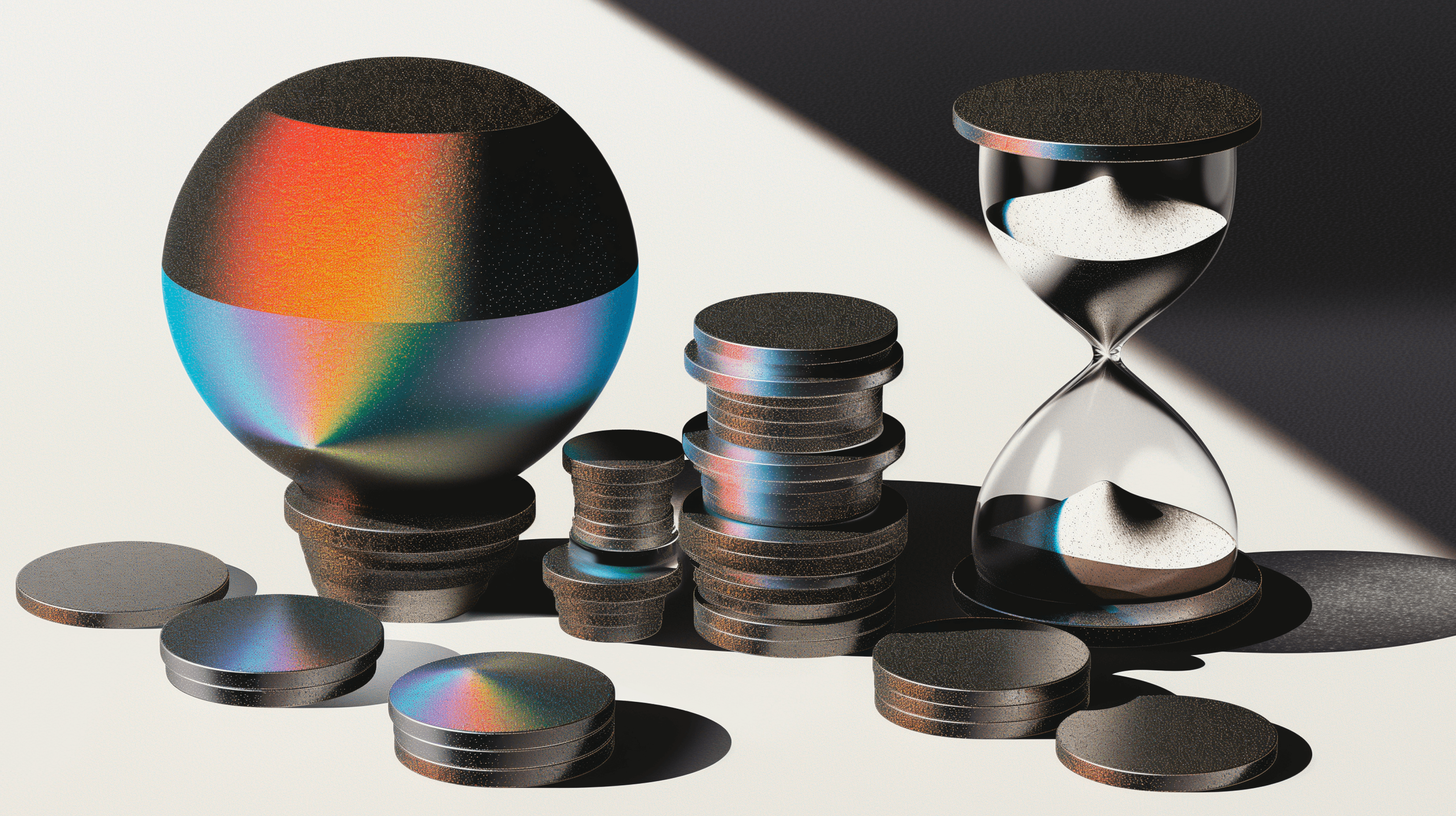In web and mobile application development, the importance of user experience (UX) cannot be overstated. A structured UX design framework not only enhances user satisfaction but also drives business success. This article delves into the benefits of following a UX design framework and how it can transform your product design process.
What is a UX Design Framework?
A UX design framework provides a systematic approach to designing and improving user interfaces. It ensures that the design process is user-centred, data-driven, and iterative, focusing on creating accessible and effective digital experiences.
Benefits of Following a UX Design Framework
Enhanced User Engagement
A UX design framework ensures that user needs and preferences are at the forefront of the design process. By incorporating user feedback and iterative testing, products are more likely to resonate with users, leading to higher engagement and satisfaction. For example, when designing components for your application, consider integrating techniques from resources like design tips on components.
Improved Accessibility
Accessibility is a core principle of any robust UX design framework. Ensuring that products are usable by people with disabilities not only broadens the user base but also complies with legal standards and promotes inclusivity. This commitment to accessibility is evident in the practices followed by top SaaS UI/UX design agencies.
Data-Driven Decision Making
By grounding design decisions in empirical data, a UX design framework ensures that solutions are aligned with user needs and business objectives. This evidence-based approach minimizes guesswork and increases the likelihood of success. Regular analysis of user behavior and feedback helps in making informed design choices that enhance the overall user experience.
Increased Efficiency
Following a structured framework streamlines the design process, reducing redundancies and enhancing collaboration among team members. This efficiency leads to faster development cycles and quicker time-to-market. A well-defined framework helps in organizing tasks, ensuring that every team member knows their role and responsibilities, much like the coordinated efforts seen in leading design firms featured on platforms like heartbeat.
Continuous Improvement
A UX design framework encourages ongoing evaluation and iteration. This continuous improvement mindset ensures that products remain relevant and effective in a rapidly changing internet landscape. By continuously refining and testing the product, designers can keep up with evolving user needs and technological advancements.
Case Study: Implementing a UX Design Framework
During the Evaluation stage, a mobile application was assessed using a combination of heuristic evaluation and user testing. The findings revealed several usability issues and accessibility barriers, which were systematically addressed in the subsequent stages.
Design Stage Example
In the Design stage, the team used user personas and feedback to create prototypes. These prototypes were tested for usability and accessibility, ensuring that the final design met user needs and standards.
Iteration Stage Example
The Iteration stage involved multiple rounds of testing and refinement. User feedback was continuously integrated, leading to significant improvements in the product's usability and overall user experience.
Transformation Stage Example
Post-launch, the product was monitored for user feedback and performance metrics. Continuous enhancements were made based on real-world usage data, ensuring that the product remained effective and user-friendly.
Conclusion
Following a UX design framework offers numerous benefits, including enhanced user engagement, improved accessibility, data-driven decision making, increased efficiency, and continuous improvement. By adopting a structured, user-centered approach, design teams can create digital experiences that not only meet but exceed user expectations, ensuring a product's resilience and adaptability in an ever-evolving internet.
